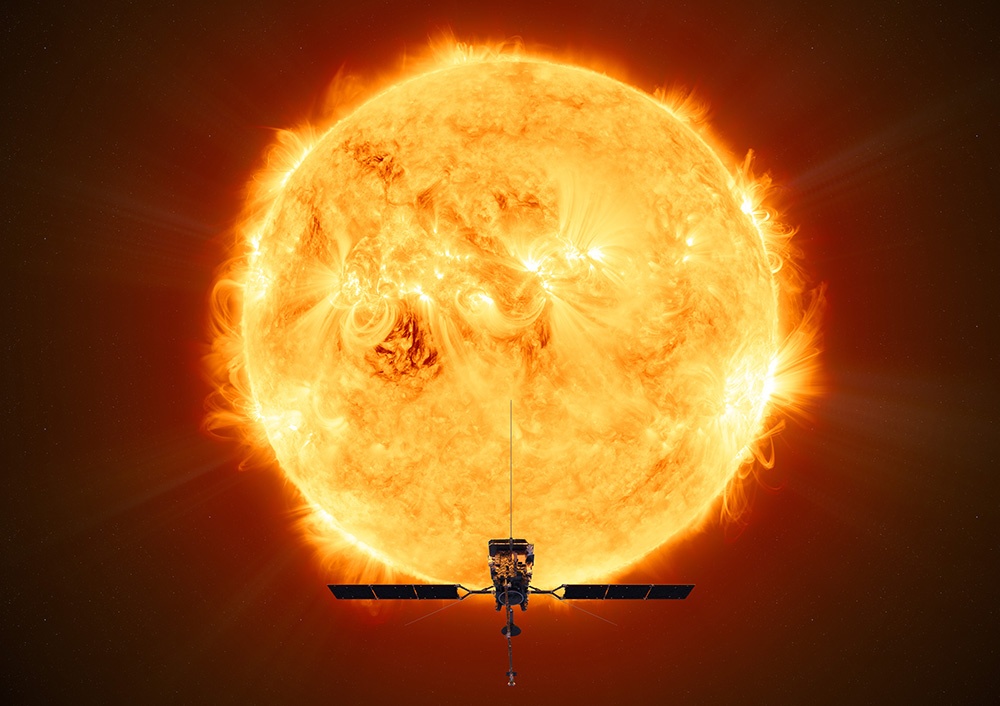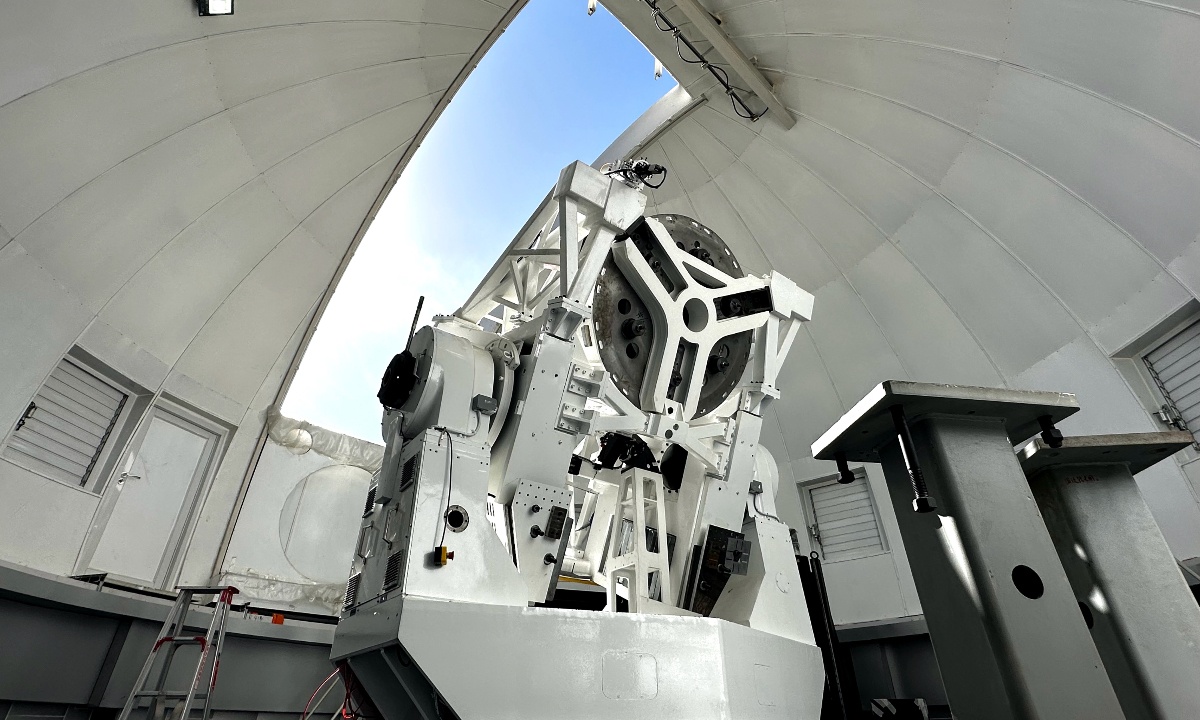To stand on a coastal shore and watch how eagles, ravens, seagulls, and crows take flight in high winds. it’s an inspiring sight, to be sure. Additionally, it illustrates an important concept in aerial mechanics, like how the proper angling of wings can allow birds to exploit differences in wind speed to hover in mid-air. Similarly, birds can use these same differences in wind speed to gain bursts of velocity to soar and dive. These same lessons can be applied to space, where spacecraft could perform special maneuvers to pick up bursts of speed from “space weather” (solar wind).
This was the subject of a recent study led by researchers from McGill University in Montreal, Quebec. By circling between regions of the heliosphere with different wind speeds, they state, a spacecraft would be capable of “dynamic soaring” the same way avian species are. Such a spacecraft would not require propellant (which makes up the biggest mass fraction of conventional missions) and would need only a minimal power supply. Their proposal is one of many concepts for low-mass, low-cost missions that could become interplanetary (or interstellar) explorers.
Continue reading “Birds use Dynamic Soaring to Pick Up Velocity. We Could Use a Similar Trick to Go Interstellar”










